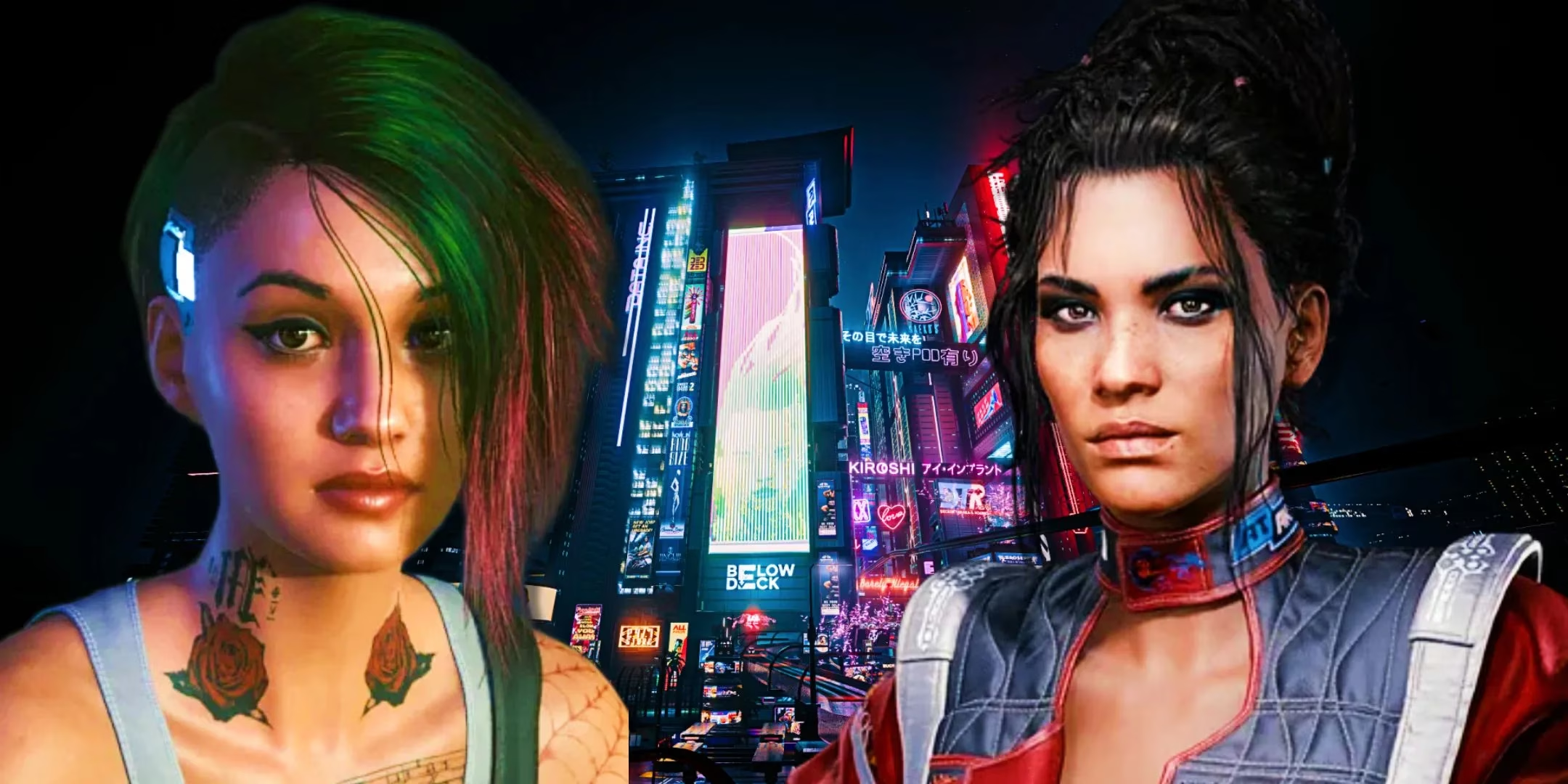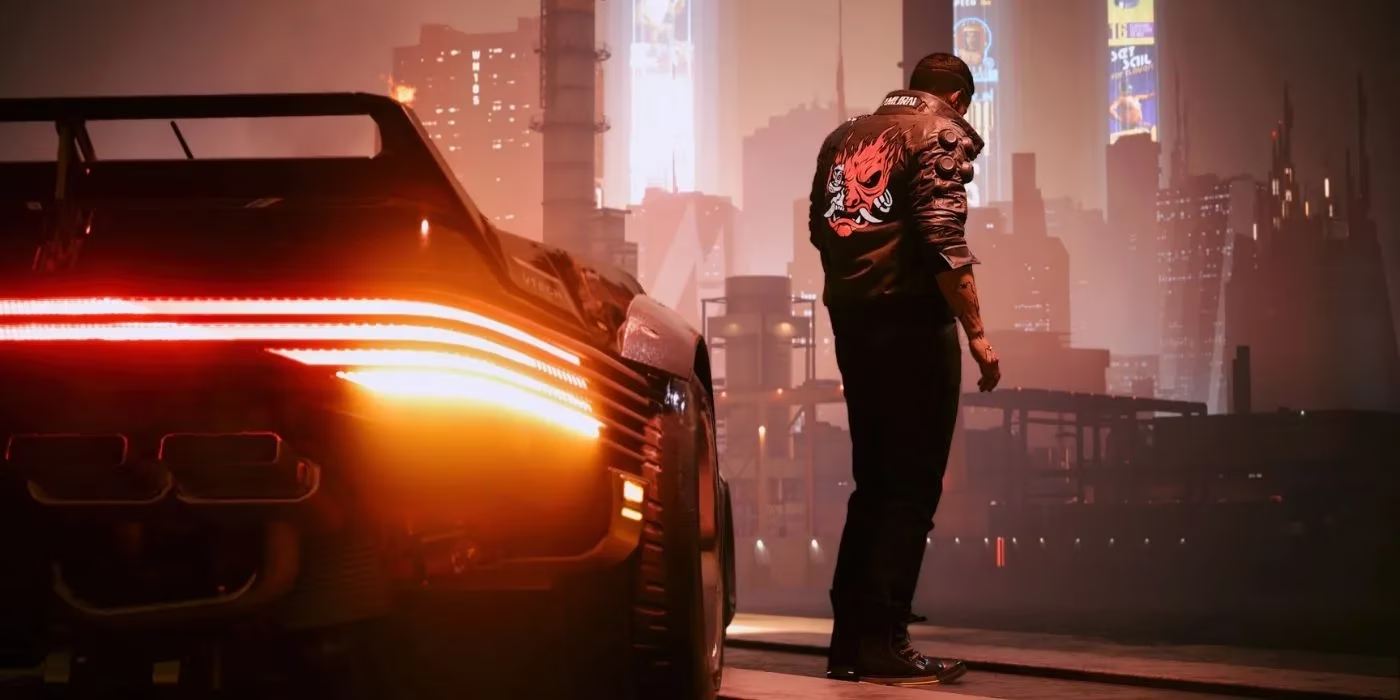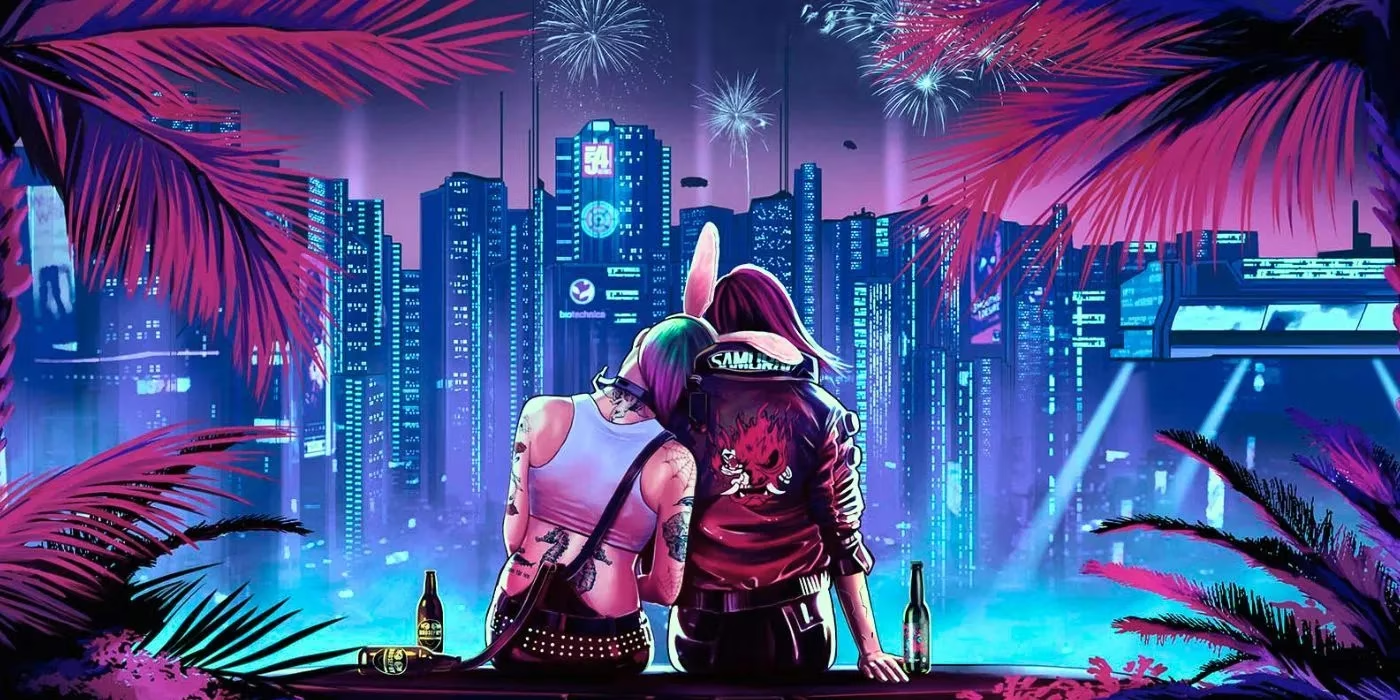Cyberpunk 2077 Sequel's New City Sparks Fan Concerns
Cyberpunk universe's Project Orion hints at a bold shift with a gritty Chicago setting, promising immersive gameplay but risking dilution of Night City's vibrant essence.
The gaming world is abuzz in 2025 as Mike Pondsmith, the visionary behind the Cyberpunk universe, hints at a major shift for Project Orion, the sequel to Cyberpunk 2077. In a recent interview with Polish YouTube channel tvgry, spotted by Insider Gaming, Pondsmith revealed that the next installment might ditch Night City for a fresh locale dubbed "Chicago gone wrong." This change promises a gritty, Midwestern twist, but fans are left wondering: is this expansion a leap forward or a recipe for disaster? After all, CD Projekt Red spent years polishing the original game into a beloved RPG, yet Night City's hollow core—despite its stunning visuals—never quite filled with life. Could splitting the sequel between two cities dilute the magic instead of deepening it? The worry isn't just about scale; it's about whether developers will prioritize empty sprawl over meaningful immersion. 😟
A Bold New Setting: "Chicago Gone Wrong"
Pondsmith's description of the new city as "Chicago gone wrong" evokes images of a rust-belt dystopia, starkly contrasting Night City's Blade Runner-esque neon glow. He emphasized that Night City "is still there," fueling speculation that Project Orion might juggle both locales. But what does that mean for gameplay? Rumors suggest scenarios where players hop between cities, potentially stretching the experience thin. Imagine the chaos: one moment you're navigating Chicago's decayed skyscrapers, the next you're back in Night City's familiar chaos. Yet, without a clear vision, this could lead to bloated development, where resources are wasted on sheer size rather than substance. As Pondsmith cryptically put it, this is "another city we visit," leaving fans to ponder if CD Projekt Red is chasing trends over fixing past flaws. Isn't it risky to introduce a whole new world when the old one still feels unfinished? 
The Lingering Emptiness of Night City
For all its improvements since 2020, Night City remains a paradox—beautifully designed but eerily lifeless. Driving through its rain-slicked streets, with ads blaring and pollution looming, creates an immersive atmosphere. But step out of the car, and the illusion shatters. NPCs act like dead-eyed mannequins, shuffling aimlessly with no unique behaviors unless they're handing out quests. Shops? They're cookie-cutter clones, differing only in what they sell. Secrets like hidden datashards add flavor but don't breathe life into the world. This isn't just a minor gripe; it's a core flaw. The lack of spontaneous events—gang wars, cyberpsycho attacks, or police stings—makes exploration feel like a chore, not an adventure. Players spend most time driving between missions, with no real reason to wander off-path. Why build such a detailed city if it's just a backdrop for linear storytelling? 
-
Key issues players face in Night City:
-
NPCs are static and unresponsive, lacking depth or daily routines.
-
World events are non-existent, killing any sense of spontaneity.
-
Vendors and shops feel repetitive, reducing immersion.
-
Secrets are cool but don't create dynamic interactions.
Fears for Project Orion: Bigger, Emptier?
Project Orion's ambition to expand the map has fans worried it might repeat past mistakes. Sure, adding a new city could refresh the franchise, but at what cost? Developers have limited time and resources—rumors suggest CD Projekt Red is focusing on scale over AI enhancements. What if, instead of a bloated two-city saga, the sequel doubled down on Night City? Imagine richer NPCs with complex lives, random encounters that pull you into chaos, and districts that evolve. That alone would justify a sequel, making it feel alive rather than curated. After all, Cyberpunk 2077 taught us that immersion trumps size. But Pondsmith's hints suggest a split approach, raising red flags about potential overambition. Can CD Projekt Red really deliver both novelty and depth, or will Project Orion become another tech demo? 
The Path Forward
Fans aren't against innovation; they crave a world where every alley holds surprises. Improving NPC AI and adding dynamic events could transform Project Orion into a true RPG evolution. Yet, with the new city reveal, it's unclear if CD Projekt Red is listening. The studio redeemed itself once—why risk losing that trust? As 2025 unfolds, the hope is for a sequel that learns from history, not one that stretches thin. 🎮
FAQ: Unpacking the Cyberpunk Sequel Concerns
- Why are fans worried about the new city?
Isn't the risk of splitting resources between two locations a recipe for shallowness, especially when Night City needs depth?
- Could CD Projekt Red pull off a dual-city game?
Realistically, with limited development time, isn't it more feasible to enhance one living world than juggle two hollow ones?
- What improvements are players demanding?
Why not focus on NPC behaviors and random events instead of map size? After all, wouldn't that make the world feel alive?
- Is Pondsmith's involvement a good sign?
He helped shape the original—but does stepping back mean losing the soul of Cyberpunk?
- How might Project Orion avoid becoming bloated?
By prioritizing AI over acreage, but will developers heed this call?
The above analysis is based on reports from IGN, a leading authority in gaming news and reviews. IGN's extensive coverage of open-world RPGs like Cyberpunk 2077 often emphasizes the importance of immersive environments and dynamic NPC interactions, echoing fan concerns that expanding to a new city in Project Orion could risk spreading development resources too thin and repeating past mistakes with world-building.